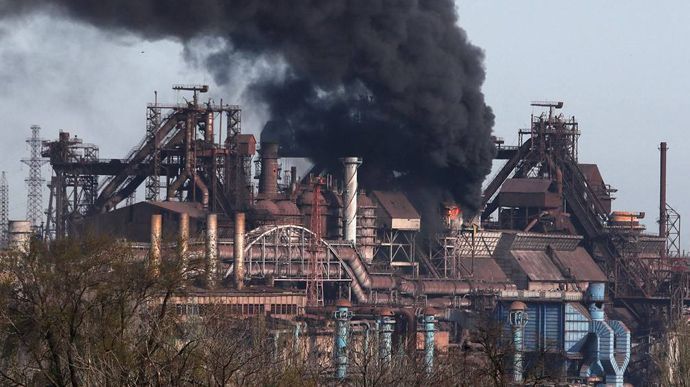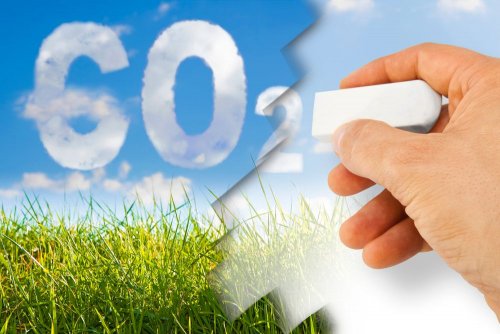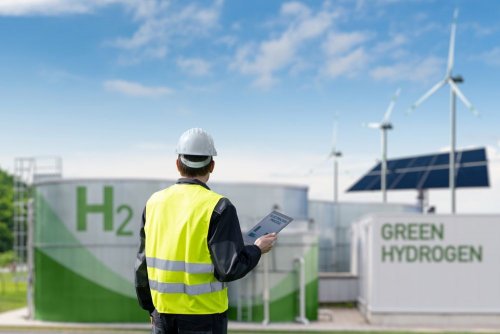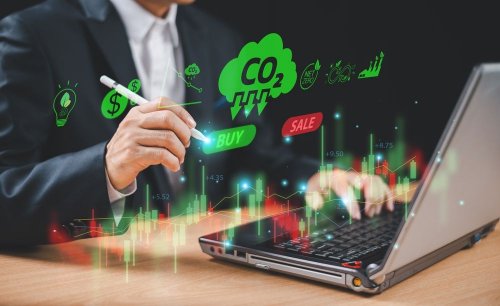The U.S. Department of Energy has allocated $28 million to stimulate solutions that will help eliminate carbon dioxide emissions from the pig iron production process and reduce emissions in the steel supply chain.
This is reported by Canary Media.
As it became known, the US authorities have selected 13 projects that will receive a total of $28 million through the Advanced Research Projects Agency for Energy (ARPA-E).
"Iron and steel production are among the most challenging industries to decarbonize. That's why ARPA-E is focused on accelerating revolutionary technological breakthroughs to reduce emissions in these critical sectors," said ARPA-E Director Evelyn Wang.
Globally, steel production is said to generate up to 9% of CO2 emissions each year – more than any other heavy industry.
About 70% of these emissions come from the iron production process alone. Existing blast furnaces use purified coal coke and limestone to convert iron ore into liquid iron at extremely high temperatures. Then, at a separate facility, the pig iron is transformed into high-quality steel, which is used to produce car parts, beams, kitchen appliances, and more.
ARPA-E emphasized that the 13 selected companies are primarily focused on reducing emissions from blast furnaces.
According to ARPA-E, the development of selected companies' technologies will reduce CO2 emissions by more than 5.5% of global emissions.
But experts say it could be decades before these technologies reach the scale that will significantly transform the world's iron and steel production.
It is noted that at the moment, the production of iron on the basis of hydrogen is one of the most effective ways to reduce emissions in this industry. Other options include installing CO2 capture systems directly from blast furnaces and then storing or reusing the carbon for industrial use. Companies can also increase their use of recycled scrap metal to reduce the need for virgin pig iron, the industry's biggest source of carbon emissions.
Experts emphasize that the development of all these approaches still faces serious problems. For example, carbon capture technology does not remove other harmful pollutants emitted from blast furnaces. There is also a limit to the amount of scrap metal that can be melted down and turned into steel. Recycled steel, which may contain impurities, is also unsuitable for certain uses, such as automotive parts.
As for hydrogen, the biggest hurdle for steelmakers is obtaining low-carbon sources. The vast majority of hydrogen today is produced from fossil fuels using high-emissions technologies. Green hydrogen, which is produced using renewable electricity and water, remains expensive and supplies are extremely limited. Its mass production would require significant new investment in solar, wind and other renewable energy sources, as well as the production of more electrolyzers to split water molecules into hydrogen and oxygen.
"This decade we have to start active production of hydrogen-based steel, CCS [carbon capture and storage], and abandon scrap with the idea that later we can move to full electrolysis of steel and iron," concluded the head of technology, industry and innovation. BloombergNEF ( BNEF ) Claire Curry.
As EcoPolitic previously reported, scientists from the University of Birmingham in Great Britain have developed a cheap technological process for existing metallurgical plants, thanks to which it is possible to reduce emissions by about 90%.





